Have you ever been looking the wrong way when your target bird finally makes an appearance? I’ve enumerated my birding failures before… but last month it happened to me again. And this time it hurt.
I was birding Australia’s mountain rainforest with Timothy Boucher, and we’d just spent three painstaking hours creeping around a half-mile trail like a pair of goons, peering into the undergrowth looking for the elusive Albert’s Lyrebird.
And when it finally skittered across the trail in front of us… I was looking the other way.
Downtown Brisbane & Birding as Melatonin
The trip started well enough… Birder extraordinaire and Conservancy spatial scientist Timothy Boucher and I arrived in sunny Brisbane the previous day. It was my first time to Australia and my first time to this quadrant of the globe. When not marveling at the quality of the non-U.S. airline food and/or watching Harry Potter, I spent a good chunk of my trans-Pacific flight goggling at my newly downloaded Australian birding app.
Fairy-wrens? Honey-eaters? And what the heck was a megapode? I would soon find out.
Ten hours later Boucher and I were stumbling around downtown Brisbane’s botanic gardens. Near hallucinating with exhaustion, we were birding to stay awake in a heroic push to adjust to a 16-hour time zone difference. An imposing Brahminy Kite surveyed the water ferries chugging up and down the river, while Rainbow and Scaly-breasted lorikeets chittered in the treetops.
I’m not sure if it was the sleep depravation or idiocy, but Pied Butcherbirds and Australian Magpies really do look alike. And Cuckooshrike is a stupid name for a bird.
What the heck was a megapode? I would soon find out.
Not-Kangaroos, Kookaburra, and Megapodes
The next morning Boucher and I piled in the car with our new friend Zuzana Burivalova. She and Conservancy lead scientist Eddie Game were joining us for two weeks of scientific fieldwork in Papua New Guinea. But we weren’t leaving until the following day, and Boucher and I were determined to squeeze as many birds as possible out of our time in Australia.
Departing at 4:00 a.m. (sorry Zuzana) we drove two hours south to Lamington National Park, perched on the border between Queensland and New South Wales. After carrot cake and long black coffees in Canungra, we passed the time answering Zuzana’s questions about birding.
“Kangaroo!”
A giant bouncing something had just zigzagged through the field to our left. Unable to contain my excitement I startled poor Boucher, who was concentrating on staying on the proper side of the road.
I’m willing to bet that every newcomer to Australia since the explorer James Cook himself has had this same experience: turning into an overexcited, jabbering idiot upon first seeing a kangaroo. (I’m only grateful that there were no Australians around to laugh at me.)
The funny thing was, the darn thing wasn’t a kangaroo. I later learned it was a whiptail wallaby. But it was big, bouncy, and weird. So naturally we were delighted.
Our delight quickly durned to dismay as dozens of the bouncy mystery marsupials lined the road as we drove up a ridge covered in wild eucalyptus forest. I tried to point out my first Laughing Kookaburra — another Aussie classic — but Boucher was too busy swerving between wallabies to look.
As dawn broke the road entered a tunnel of greenery, blotting out the sky; we’d reached the deep, dark mountain rainforest. Birdsnest and staghorn ferns as large as small cars perched on the branches, and a cool dampness rolled in through the open windows.
And then suddenly a hideous, turkey-like critter shot across the rode in front of us.
“Megapode!”
Boucher quickly screeched the car to a halt and hurtled out of the driver’s seat, binoculars in hand. Zuzana sat there, bewildered, while I scrambled for the bird book. We’d just seen an Australian Brushturkey, an admirably ugly bird in the Megapodiidae family. You’d never know it at first glance, but megapodes have a bizarre nesting strategy that hearkens back to birds’ reptilian ancestors: they incubate their eggs by burying them in a massive mound of earth and leaf litter.
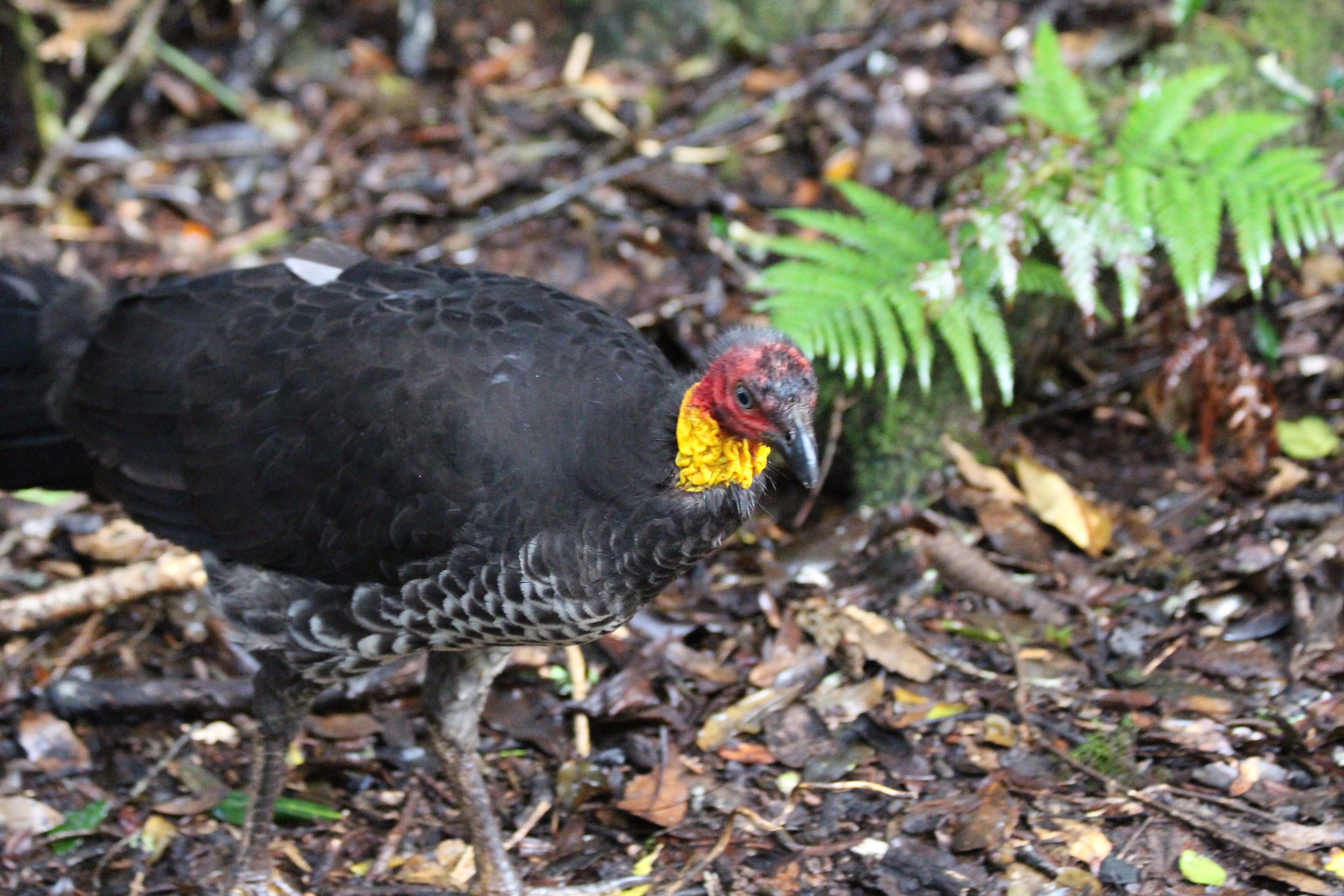
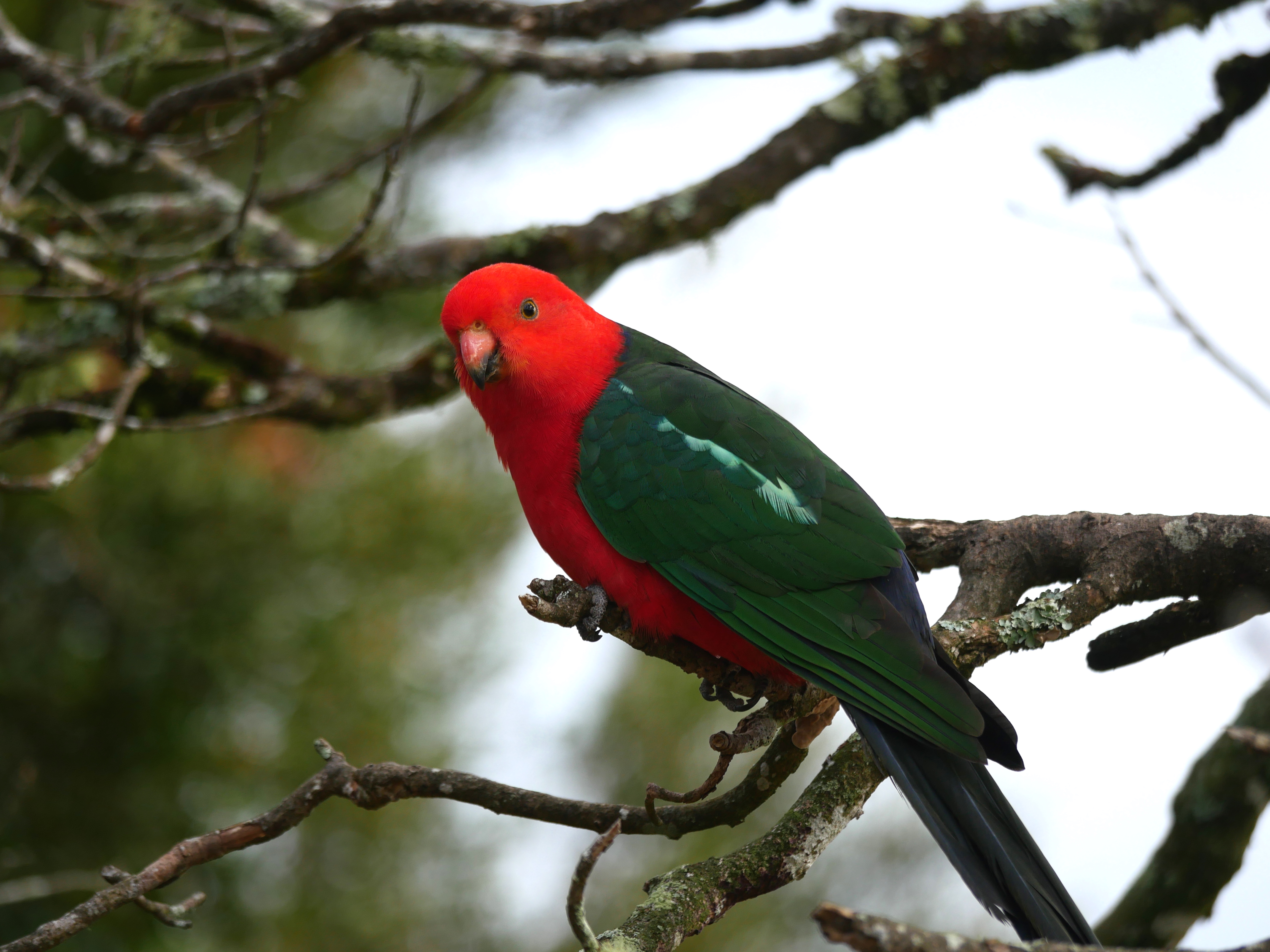
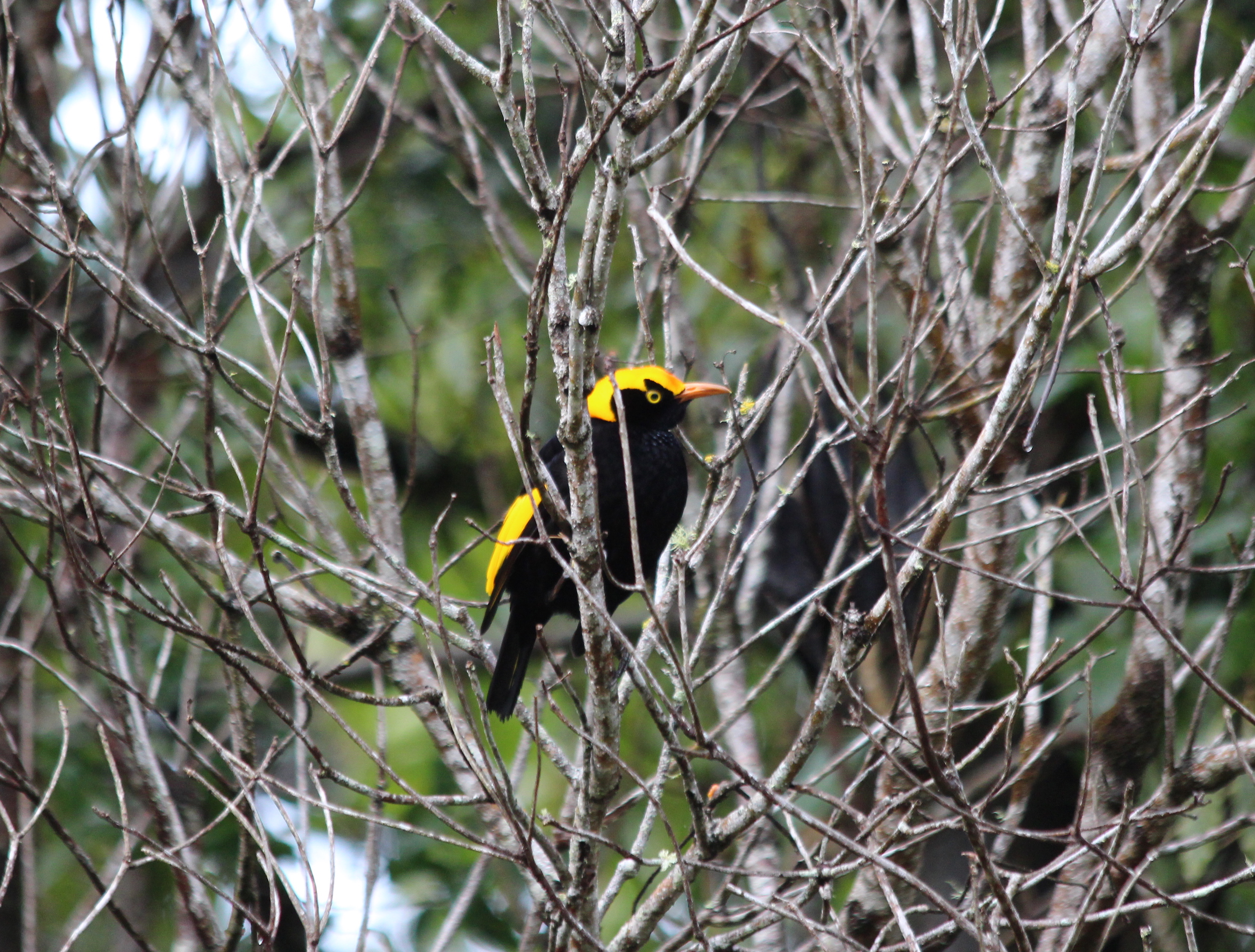

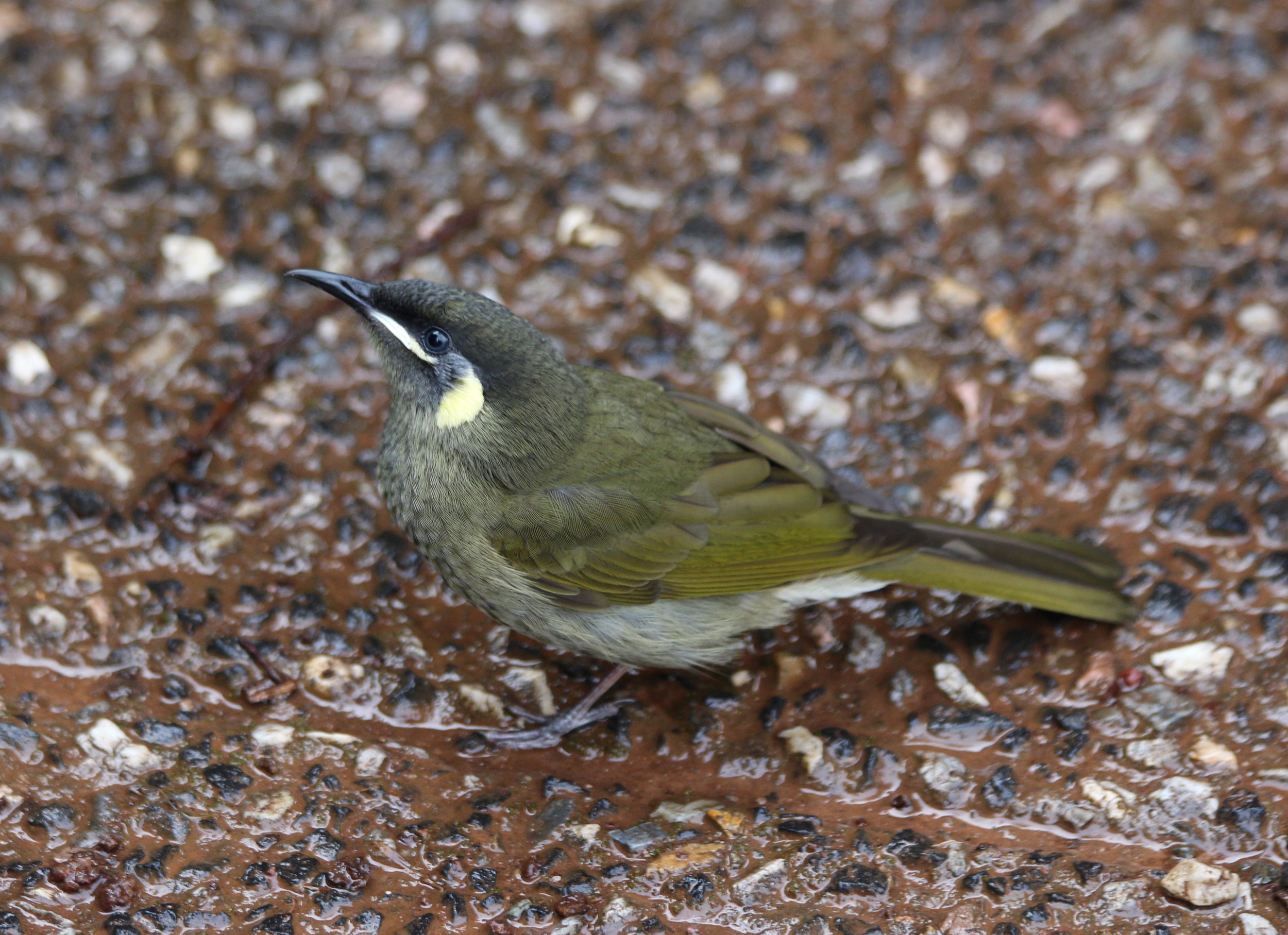
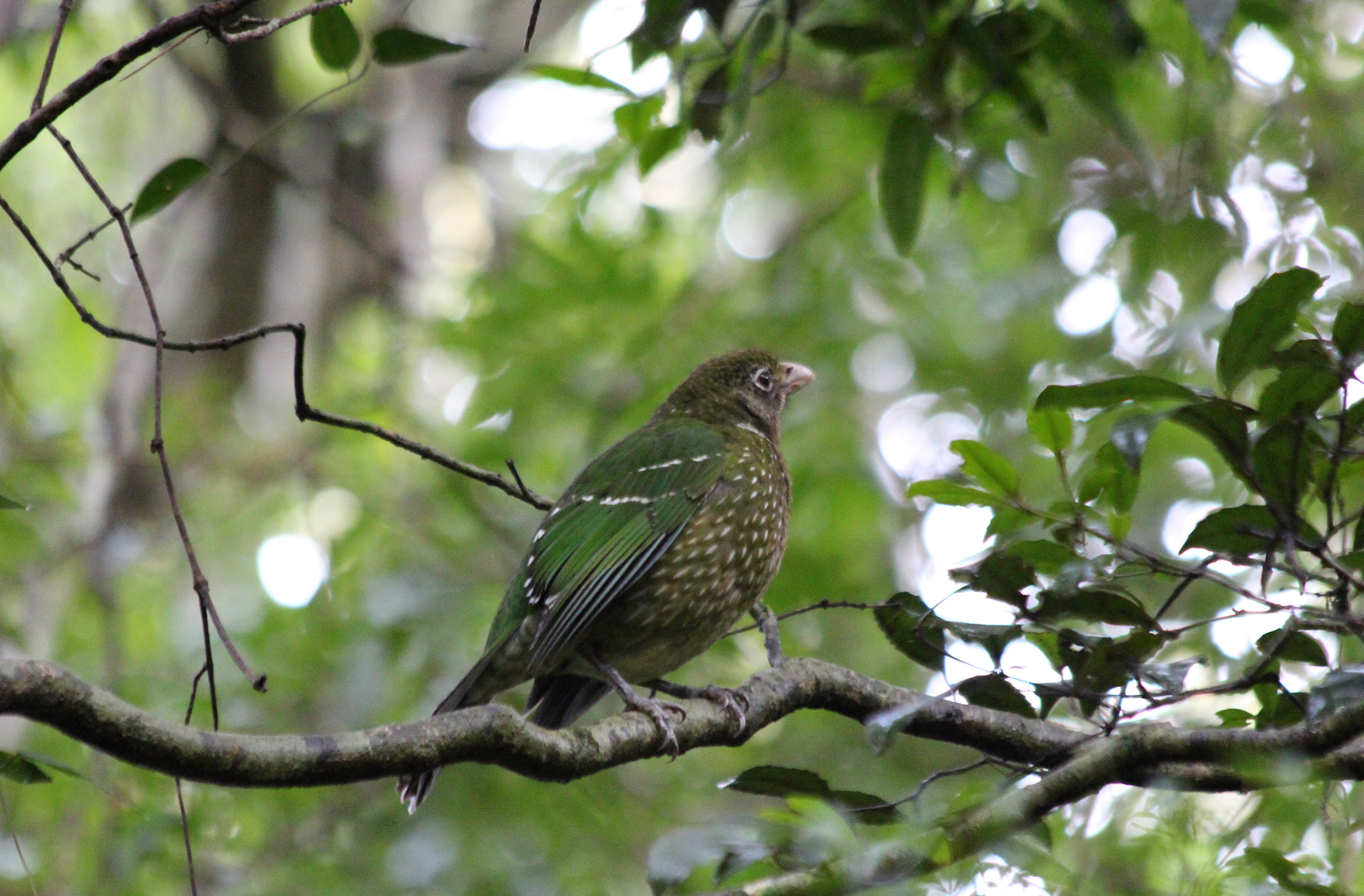
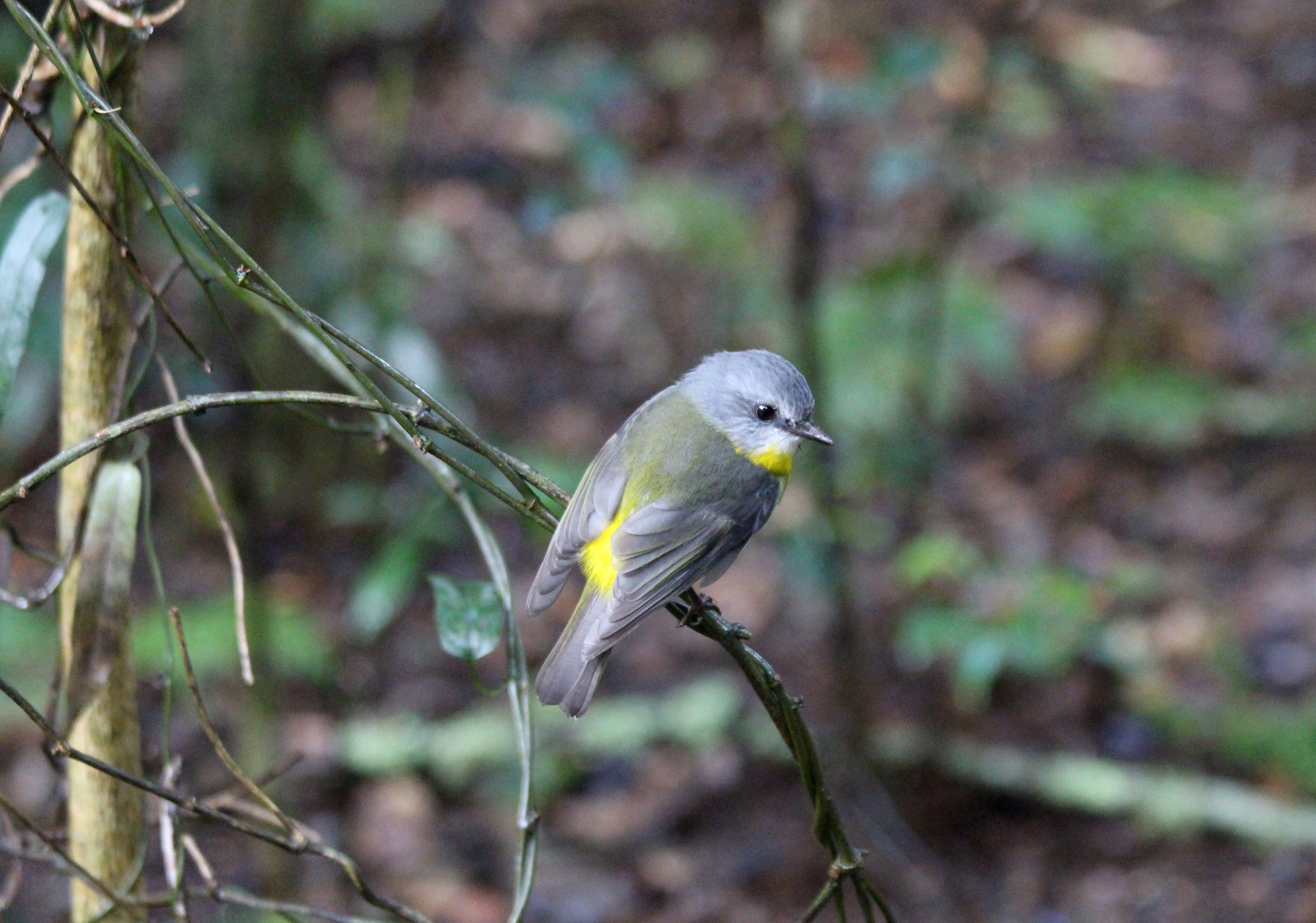

Hyperventilating and the Easy Pitta
We finally pulled into Lamington at 7:30 a.m., late by birding standards. After the megapode incident, Boucher and I were nearly incapacitated with excitement. I’m fairly certain Zuzana was concerned for our health and also vaguely terrified, because she quickly chose risk of leeches over our company and took off on a hike through the forest.
Half-way through putting on my shoe we spotted a Satin Bowerbird, which initiated a half-barefoot hobble across the empty parking lot to get a better look. Some type of honeyeater flew overhead, necessitating a hobble back to the car for the book. Then a flame-colored Regent Bowerbird flew into a tree just outside the lodge. At the appearance of this rather rare bird, our communications broke down entirely, reduced to jumping-and-pointing, “Oh my gosh!” and four-letter words.
After a helpful tip from a professional bird guide, we headed into the forest in search of our main quarry — the Albert’s Lyrebird. Found only in a tiny portion of the Queensland’s mountain rainforest, the lyrebird is a big deal. A really big deal.
Females are rather unassuming: a vaguely pheasant-like chestnut brown bird. But during the breeding season, the male lyrebirds unfurl their fantastic tail plumes over their heads and woo their prospective mates with a resplendent dance.
Within minutes we stumbled upon a Noisy Pitta, a chunky, colorful bird of the forest floor. “That’s the easiest pitta you’ll ever get in your life,” Boucher says. Unbeknownst to me, most pitta species are so secretive that they require excruciating efforts to see. Well, that was convenient.
As we watched the pitta pop about on the forest floor, a clear, whip-like noise cracked through the forest like a starter’s pistol. Again and again the (presumably) bird called, startling us every time. We knew it wasn’t the lyrebird, but we sure were curious. After an embarrassingly long time with the bird guide, we figured out that it was, somewhat obviously, an Eastern Whipbird.
Lyrebirds Are Malicious Jerks
Which brings us back to the lyrebird.
We’d heard the lyrebird calling occasionally throughout the morning, in between whipbird cracks, always distantly through the forest. But then the calls started getting closer. And closer. And more frequent. We crept back and forth along the path, whispering and staring into the undergrowth for any signs of movement. Minutes passed, and then an hour, and then another. Still no lyrebird.
We worked as a team, Boucher watching in one direction while I monitored the other. The frustration was maddening; we were certain that the bird was within 10 meters of us, but effective camouflage and dense vegetation were not in our favor.
“There!” Boucher yelled, and I spun around in time to see him pointing to the left of the trail, downhill. But I saw nothing. The bird couldn’t have been more than 3 meters into the trees, but it had vanished.
We stood there, me horrorstruck and Boucher delighted and a bit embarrassed that our joint efforts had failed me. After another hour of waiting, desperately on my part, the forest was silent and the lyrebird was gone for good.
Lyrebird, 1. Justine, 0. Until next time, nemesis bird.
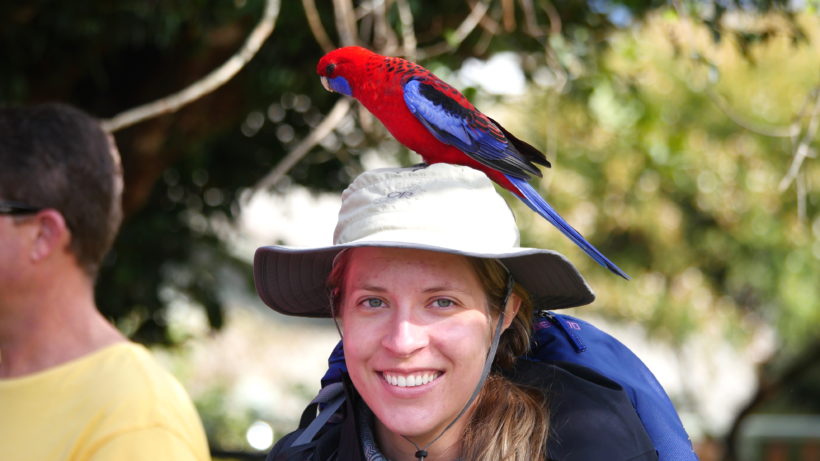
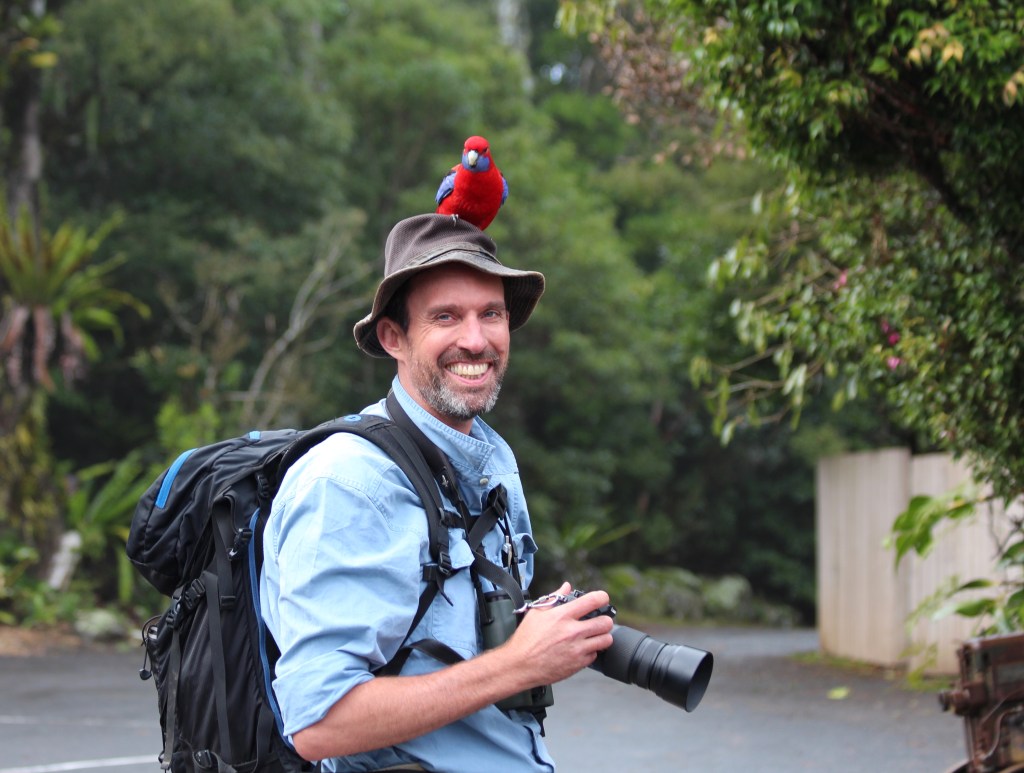



Join the Discussion